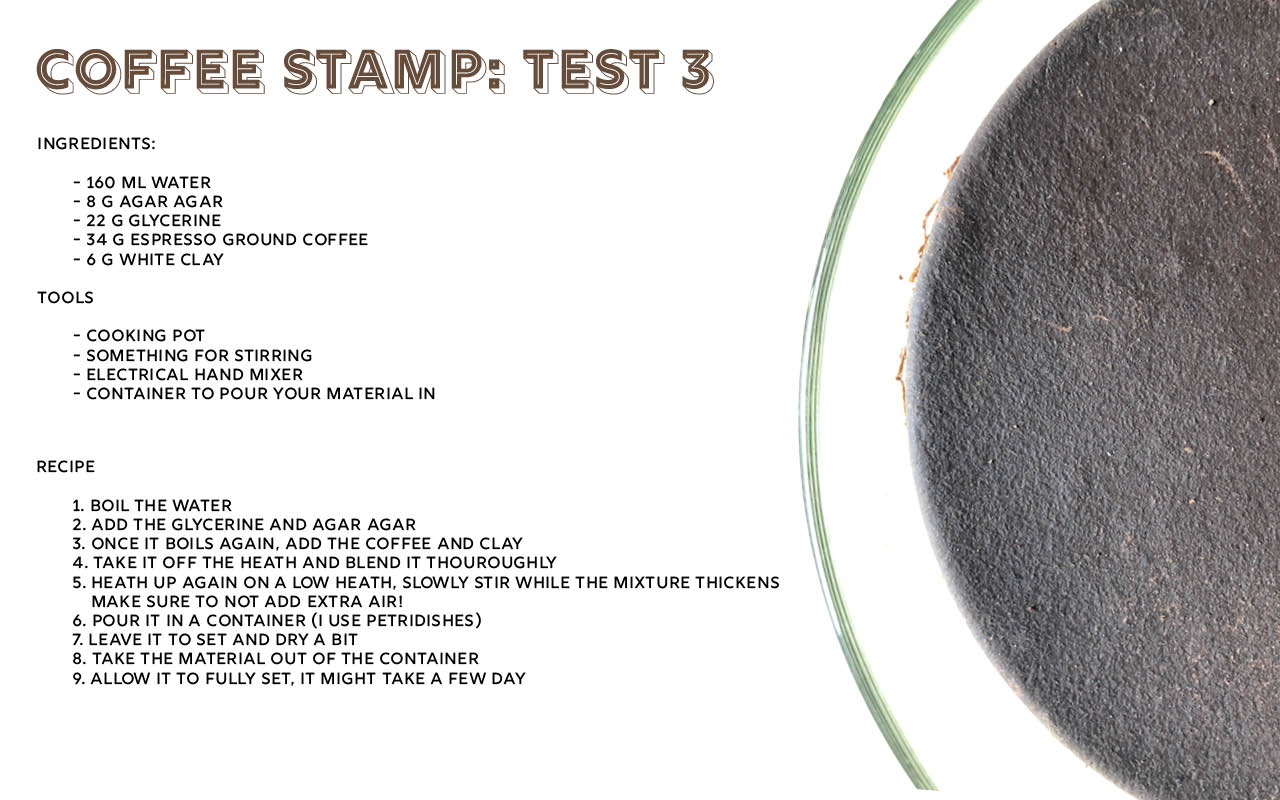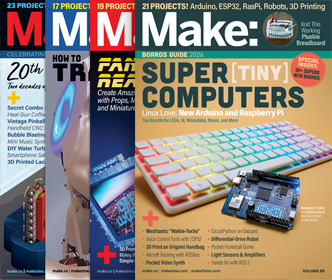Pink-to-Matic: a circular, zero waste printing system
By Isabel Allaert
We’re punkers, DIY’s, makers and we make stuff, hands-on and with zero waste: meet the Pink-to-Matic, a zero waste system to stamp and print your heart out!
Type: Social Impact, Artistic
Website: https://fabacademy.org/2021/labs/barcelona/students/isabel-allaert/projects/final-project/


What inspired you or what is the idea that got you started?
Music is my life. I'm a strong believer that life without music would be a mistake. I'm also a fan of merch, but... I would love for merch to be more ecological (no vinyl stickers!), customizable, and zero waste. As my background is mostly in a DIY-punky way, this fits perfectly with my love for making. The merch booth is the place at a gig where people come together with the band and have a chat. But merch is expensive; it's pricy for small bands to produce a couple of shirts or tote bags. Let alone offer limited prints on their new records. And let's be honest, pre-printed shirts in bulk aren't very DIY. Pink-to-Matic allows every band to print their merch and offer DIY printing of designs on-site. For a small fee for ink and the design, fans could print their merch. Cool, no? I thought so, too, so during Fab Academy and Fabricademy, I developed the whole system and the bioplastics & inks to go with them. Ready to hit the road
What is your project about and how does it work?
Pink-to-Matic is an easy-to-transport and use silkscreen printing & press printing machine. It offers an all-in-one solution for people who love to print with different techniques. The printing process is automated so the pressure is applied evenly when using stamps or linocuts. You can use different kinds of input materials (such as linoleum, bioplastic, …) as well as outputs (DIY bio or conductive ink, DIY paper, …). The silkscreen layer can be added on top of the press printing unit, which allows you to screenprint on the sturdy base unit. Having the unit on top also saves space when using it in a tiny makerspace at home as it fits on your cupboard, yey!
The machine works in a rather simple way: you put your stamping material on the base plate, add ink, put the paper/fabric on top, and press play to make the magic happen. Once the pressing roll has returned to its homing point, you can -carefully- take the paper/fabric off and tada! Your very own print
What did you learn by doing this project?
Days in the lab are always too short Everything takes time: waiting for 3D prints to finish, changing and re-milling the electronics, adjusting the 3D models and print them again, laser cutting the parts, ... and so on. Patience is a skill I don't always master when I'm excited to finish a build. But I think the most important lesson I’ve learned during the making of Pink-to-Matic is that not everything needs to be perfect to be sufficient. It’s something that I always tell my students and colleagues during workshops, but I have a hard time believing it myself. It took the making this machine to finally make me understand that I can make something that works and take the time afterwards to fine tune and readjust my goals while building. It’s a life’s lesson that I will take to heart and that will be useful in all of my future makes and projects.
What impact does your project have on others as well as yourself?
From the very start, the goal was to create a circular, zero-waste system to stamp and print your heart out. Developing the machine during Fab Academy taught me a lot about electronics and how to choose parts carefully. On the other hand, Fabricademy gave me the knowledge to develop a screen printing ink as well as a bio plastic based on used coffee ground. The ink is water-based and doesn't have any harmful substances in it, which allows you the compost your whole garment when using it on a compostable fabric (like eco cotton, silk, ...). The bio plastic is recyclable as well and can be used instead of linoleum (or other oil based materials), therefor being infinitely more eco-friendly. The bio plastic is sturdy enough to make your stamps by hand or you can engrave them using a laser cutter (doesn't smell like coffee though, bummer!). Pink-to-Matic has been designed to help reduce waste as well as play a part in preserving the earth as much as we can. One coffee at a time.





